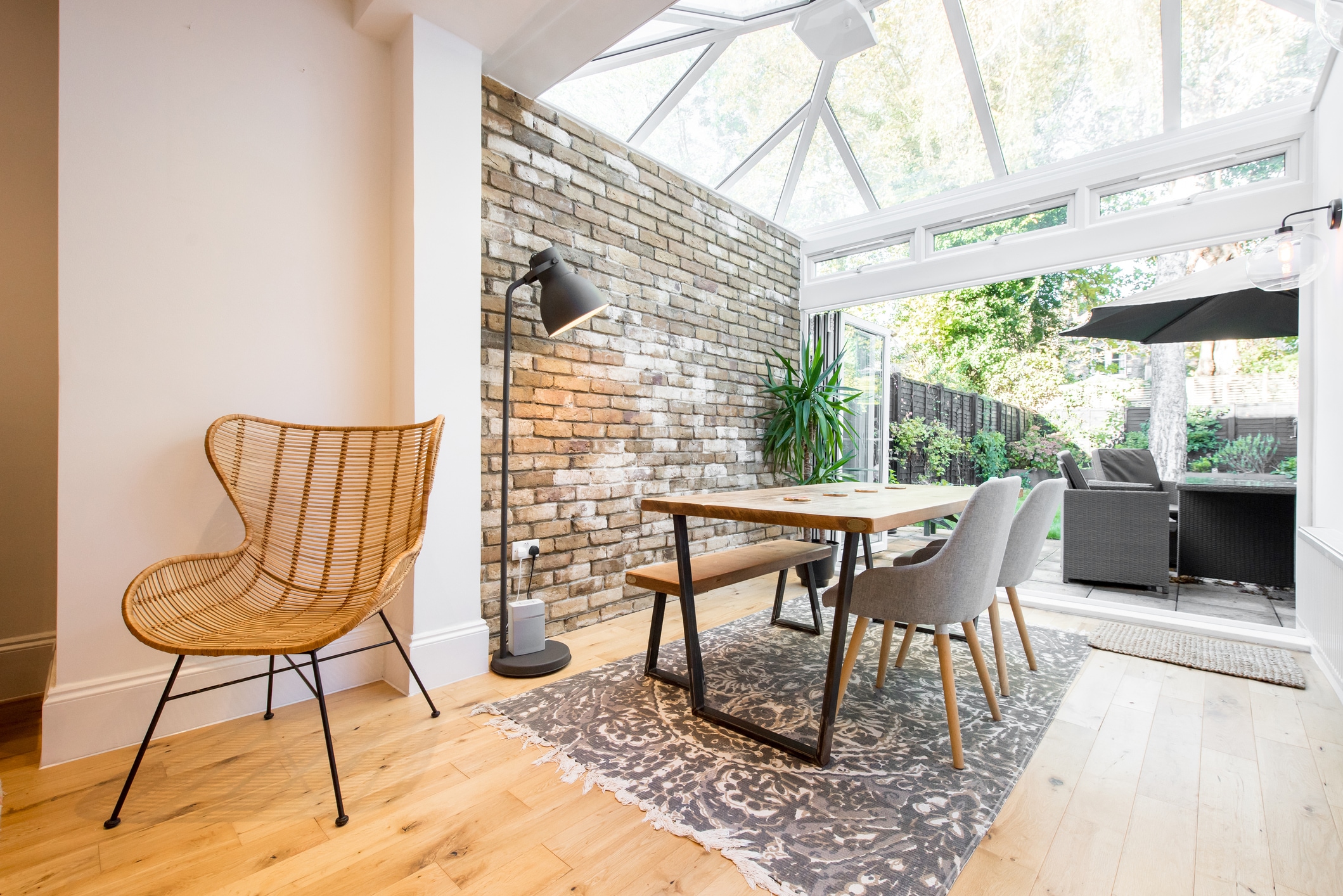Home buyers are facing a new challenge brought on by the growing environmental trend to “Go Green.” There are various Green features to look for when searching for a new home. When searching for a Green home, start at the source, your real estate professional. Before finding your perfect, green home, you must select the perfect green real estate agent. Real estate agents are constantly searching for a marketing edge; be sure to first verify any third party eco-claim or certification. Typically, green agents have certain characteristics that set them apart.

A green agent may be as easy to spot as the hybrid car they drive, but sometimes it may require a little research. A green real estate professional will likely highlight green properties and recognize the specific environmental benefits of each property. In addition, he or she will likely suggest possible eco-renovations, and share knowledge of a home’s indoor air quality and energy performance.
When searching for a green home, key fundamental details can greatly reduce your carbon footprint. The location of your potential home will determine your daily commute. Purchasing a home within walking distance to work, grocery stores, and public transportation will allow less driving and a smaller ecological footprint. Also, purchasing a smaller home, and living within your means, will reduce the amount of energy needed to heat or cool your home, consequently reducing your electric bill. A home with natural shade from large trees and foliage will also decrease your electric bill in the summer time.
A home’s energy performance is easy to examine. Start by determining the condition of the home’s heating and cooling systems. Check the windows and doors to make sure no air is coming in, and be on the lookout for signs of mold. In addition, a professional energy audit will give you more insight on what upgrades the home may need involving its energy efficiency.
Poor energy performance in a home can potentially lead to poor indoor air quality. Typically, poor indoor air quality is a result of the chemicals you bring in your home. Chemicals, such as: polyurethane, formaldehyde, and other organic chemicals are all harmful to humans. These chemicals get trapped in absorbent fabrics like furniture, curtains, and carpets, resulting in poor air quality in your home. In order to maintain healthy indoor air in your home, maintain proper ventilation by opening your windows regularly, use green cleaning products, and keep the air filter and vents in your home clean.
These basic characteristics of a home and careful examination of its energy performance and air quality can lead you to living in a green home and a greener life.
Christine is the Content Marketing Coordinator for Homes.com. She's a small town girl at heart, who currently lives in Norfolk, VA with her husband and their fur baby. When she's not working, she enjoys cooking, decorating, traveling, and binge watching Netflix. As a proud Virginia Tech alum, she also loves cheering on the Hokies!

















